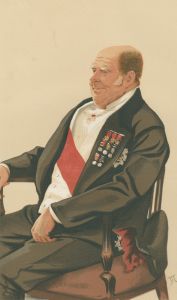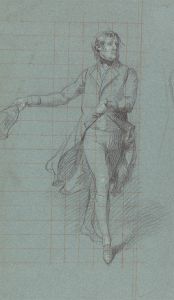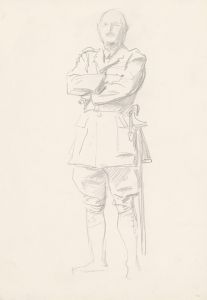
Portrait of An Admiral, Probably Francesco Duodo
A hand-painted replica of Titian’s masterpiece Portrait of An Admiral, Probably Francesco Duodo, meticulously crafted by professional artists to capture the true essence of the original. Each piece is created with museum-quality canvas and rare mineral pigments, carefully painted by experienced artists with delicate brushstrokes and rich, layered colors to perfectly recreate the texture of the original artwork. Unlike machine-printed reproductions, this hand-painted version brings the painting to life, infused with the artist’s emotions and skill in every stroke. Whether for personal collection or home decoration, it instantly elevates the artistic atmosphere of any space.
"Portrait of an Admiral, Probably Francesco Duodo" is a painting attributed to the renowned Italian Renaissance artist Titian (Tiziano Vecelli). The artwork is believed to have been created around 1550–1560, during the later period of Titian's career, when he was at the height of his artistic powers. The painting is an oil on canvas and is currently housed in the National Gallery in London.
The portrait depicts a man dressed in the attire of a Venetian admiral, a position of significant prestige in the Republic of Venice during the 16th century. The subject is traditionally identified as Francesco Duodo, a Venetian nobleman and naval commander, though this identification is not definitively confirmed. The sitter's identity remains a matter of scholarly debate, as no conclusive evidence links the portrait to Duodo or any other specific individual.
The composition of the painting reflects Titian's mastery of portraiture, particularly his ability to convey the authority and character of his subjects. The admiral is shown in three-quarter view, gazing outward with a calm yet commanding expression. His attire, including a richly decorated doublet and a sash, emphasizes his high rank and status. The dark, neutral background serves to highlight the figure, drawing attention to the sitter's face and clothing.
Titian's use of color and texture is particularly notable in this work. The subtle gradations of light and shadow on the face and hands create a sense of depth and realism, while the detailed rendering of the fabrics showcases the artist's skill in depicting materiality. The painting exemplifies Titian's ability to combine naturalism with a sense of grandeur, a hallmark of his portraiture.
The provenance of the painting is not fully documented, but it entered the collection of the National Gallery in London in 1860. Since then, it has been studied and admired as an example of Titian's later work. The attribution to Titian has been widely accepted, though some scholars have suggested the involvement of his workshop or assistants, a common practice in Renaissance studios.
"Portrait of an Admiral, Probably Francesco Duodo" remains an important example of Venetian portraiture and provides insight into the artistic and cultural milieu of 16th-century Venice. The painting continues to be a subject of scholarly research, particularly regarding the identity of the sitter and the precise circumstances of its creation.


















